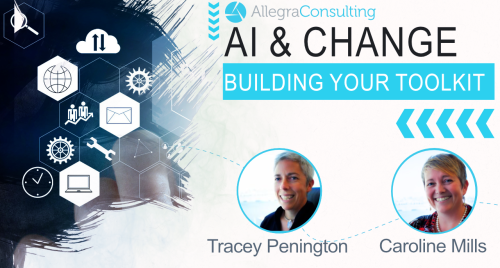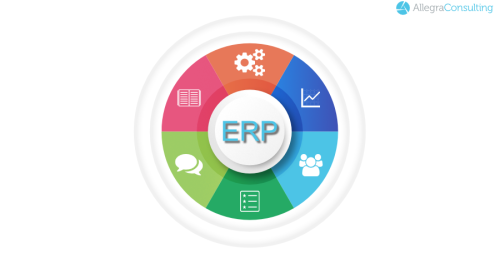
With the loosening of lockdown restrictions, we are considering the return to normality, likely a ‘new normal’, from a business and employment perspective. With so much uncertainty and strains placed on employees and the businesses they work for, let alone those who have lost their jobs and their organisation closed, an easing of restrictions will be a welcome development, offering some certainty and the beginning of a return to near normality. The transition, however, has to be carefully planned and everyone involved must be clear on what is required to make the transition a successful and, above all, a safe one.
The first point of call is to take guidance from the government around workplace safety and what you need to do to limit risk and to ensure a safe workplace. A good place to start is the Safe Work Australia website (www.safeworkaustralia.gov.au) as this will give you the most up to date information on COVID-19 specific workplace guidelines. The key factors to be aware of are maintaining social distancing and a thorough cleanliness protocol within the office.
While in lockdown all members of your organisation have adapted and refined their work practices to their remote work environment. The return to work process should include a thorough debrief with all employees on their experiences and best practices shared. Once debriefed, all employees need to be clear on the safety guidelines they will need to follow. They must be clear on when to use hand sanitiser, acceptable social distancing rules, clean desk policy, and other protocols they must follow.
Another important consideration is who is to come into the office and when. The number of employees able to be in the office will be substantially less than before. Job functions and team dynamics will be a major consideration. Another element to be aware of is that some employees will have a strong preference for either continuing to work from home or to return to the office. Studies have shown that while many employees do well remote working, many will struggle for various reasons. Their preferences will also have to be considered.
The physical makeup of the workplace may need to be adapted to ensure social distancing. Also, the infrastructure will have to be reviewed; accessibility and ease of use will be important, particularly as many staff will have been using either their own equipment at home or been using portable equipment.
Before returning to work, a COVID-19 specific communications portal should be established for all employees, including FAQs, announcements, and feedback forms should be easily accessible. Communication is critical before, during, and after the return to work. However, it will be challenging with some of the team in the office and other team members still working remotely.
Unfortunately, there is every possibility that the COVID-19 infections may rise again, and lockdown may have to be imposed once more until an effective vaccine has been developed. A protocol for this situation should be established and communicated to all employees. A critical issue to consider is if someone within the organisation gets sick. This may necessitate blanket testing and immediate isolation for employees. Again, a protocol around this eventuality must also be put together.
The transition will be challenging, and everyone should be encouraged to speak openly and honestly about their experience and how they feel. It is doubtful that we will return to the way things were previously. This is not necessarily a bad thing, as it is likely we will develop better work practices and reconsider how we go about our work.









